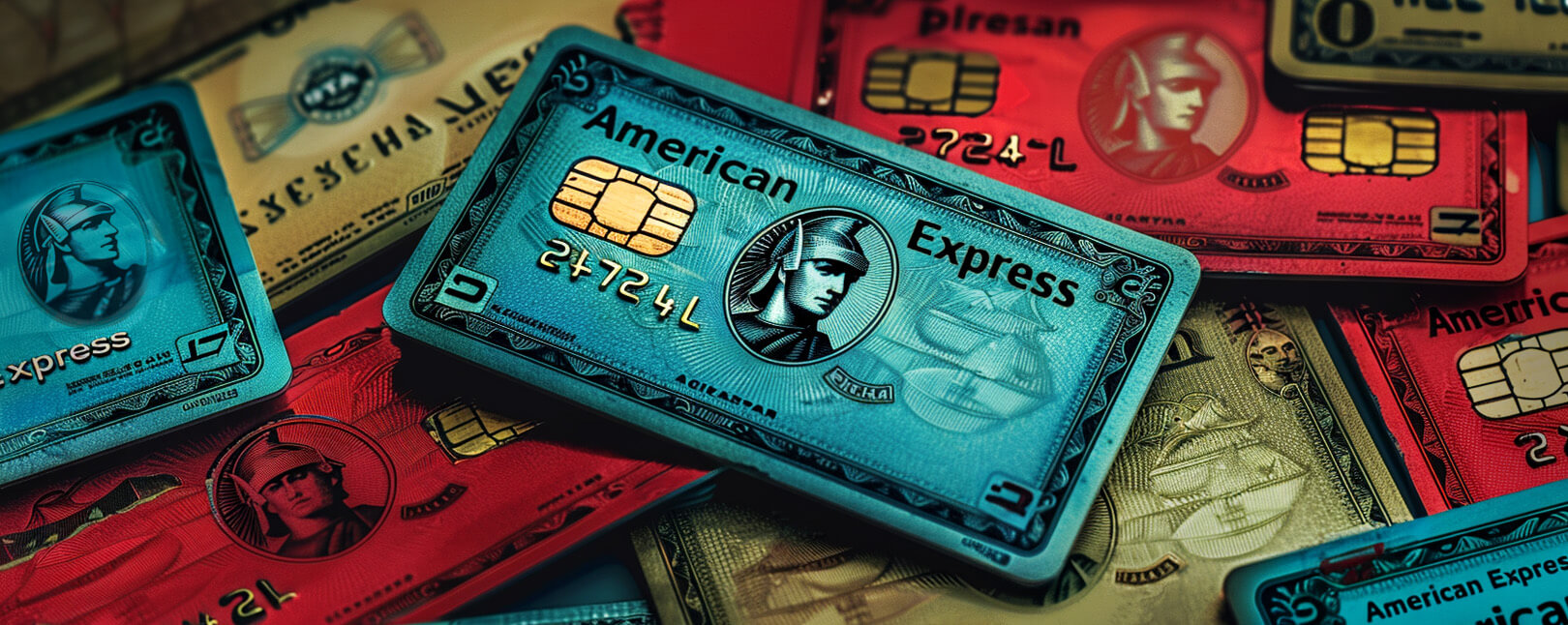3 Types of Chargebacks: What They Look Like & How They Affect Your Business
Let’s face it: chargebacks are the worst. No matter how we categorize them.
They’re a persistent, unpredictable threat, and always end up costing more money than they should. The worst part? There are few solid answers available as to what to do about them.
Your best defense against the most common chargeback types is to go on the offensive. Before you can do that, though, your first step should be to understand where your chargebacks keep coming from.
In this article, we’ll discuss the three fundamental types of chargebacks by their source. We’ll see why they happen, how they impact your business, and what you can do to stop them.
Recommended reading
- Bank of America Disputes: Here's What You Need to Know
- Wells Fargo Disputes: Chargeback Rules & Things to Know
- 10 Tips to Stop DoorDash Chargebacks Before They Happen
- American Express Chargebacks: Rules & Time Limits & More
- Stripe Chargeback Guide: Time Limits & Other Info You Need
- What is a Bank Chargeback? What Makes Them Different?
3 Types of Chargebacks: What They Look Like & How They Affect Your Business
Three Types of Chargeback Fraud
Criminal Fraud
Dispute Resulting from the actions of a criminal actor.
Friendly Fraud
Dispute Resulting from the actions of a criminal actor.
Merchant Error
Dispute Resulting from the actions of a criminal actor.
“But wait” you’re probably thinking, “I thought there were lots of different chargeback sources out there?!”
You’re right. There are dozens of different chargeback reason codes spread across the different card networks, which correspond to hundreds of different chargeback triggers.
There are a lot of different parties involved in the chargeback process. Banks, processors, merchants, card networks, and third-party vendors all have a role. You also have to consider domestic and non-domestic financial laws, data regulations, and more. As a result, it can be hard to pin down accurate data on your chargeback sources.
You might fall back on reason codes to try and explain the dispute on file. That’s not a bad place to start, but remember: reason codes can’t give you a full picture.
Instead of diagnosing chargebacks according to reason code, it’s best to try and segment them into one of three basic chargeback types: merchant error, criminal fraud, and friendly fraud. Now, let’s break each of these down.
#1 |Criminal Fraud Chargebacks
Let’s start with the most obvious chargeback type.
Criminal fraud occurs when a third party (i.e. a fraudster) uses stolen data to complete a purchase. There are a lot of different tactics they can deploy to accomplish this, like account takeover or synthetic identity theft. The throughline is a bad actor using someone’s information without permission.
Examples of Criminal Fraud Chargeback Triggers:
- A criminal steals a physical payment card and uses it.
- A criminal creates a counterfeit card and uses it in a non-EMV card-present purchase.
- A criminal uses stolen information to impersonate an existing cardholder.
- A criminal compromises a valid user’s account and makes purchases on their behalf.
- A criminal uses stolen information to create a fake (i.e. synthetic) identity.
What Happens After a Criminal Fraud Chargeback?
If you get hit with a criminal fraud chargeback, there’s not really much you can do to fight the claim. If you conducted the transaction without authorization, you’ll be held liable.
You will lose the sales revenue, plus any merchandise shipped, as well as overhead fees like shipping and interchange. You’ll also be hit with a chargeback fee (typically between $20-100 per transaction).
The only option to protect yourself after the transaction is to deploy chargeback alerts. These notifications give you advance warning of a pending dispute, letting you refund the buyer and avoid a chargeback. You still lose the sales revenue, but you can avoid the fees and other costs associated with chargebacks.
We also recommend that you take this as a learning opportunity. Diagnose the source of the chargeback, and try to adjust your fraud detection strategy to identify and block transactions like this in the future.
How to Prevent Criminal Fraud Chargebacks
The best approach to prevent this chargeback type is to deploy a multilayer fraud management strategy. This means using multiple fraud detection tools that work together and compliment each other to give you a more detailed impression of the transaction.
You can then deploy fraud scoring, which screens each individual transaction and rates the purchase according to the risk of potential fraud. You have the option to manually review purchases that get flagged by fraud scoring, or reject them outright.
Learn more about criminal fraud chargebacks#2 |Merchant Error Chargebacks
This is a bit trickier than a straightforward attack. These chargebacks are a by-product of faulty business practices, rather than any malicious intent from a third-party.
Internal mistakes can be very difficult to identify. They can be even more difficult to remedy because you have to examine your own operations and try to pick out things that might cause these types of chargebacks.
The issue could be something as simple as a billing descriptor that needs to be optimized. Or, it could be something more serious that affects multiple areas of the business without your knowledge.
Examples of Merchant Error Chargeback Triggers:
- Unclear or inaccurate billing descriptors
- Processing the wrong amount during payment
- Shipping delays or tracking mixups
- Shiping the wrong item, or a defective item
- Inaccurate product descriptions
What Happens After a Merchant Error Chargeback?
Just like in criminal fraud cases, there’s nothing you can do to really protect yourself once a claim is initiated. If you really did commit some error that led to a dispute, then you are liable for the chargeback.
Again, you lose the sales revenue and merchandise, and get hit with a chargeback fee. Like with criminal fraud, deploying chargeback alerts can help you avoid the worst effects of this chargeback type. However, you should really adjust your policies and practices in response to any merchant error dispute, as these chargebacks are 100% preventable.
How to Prevent Merchant Error Chargebacks
These chargebacks all stem from internal system errors and procedural missteps. So, by taking a hard look at your operations, you should be able to identify problem areas and take action to resolve issues.
We recommend a full compliance review to identify chargeback sources and help develop a strategy to optimize processes.
Learn more about merchant error chargebacks#3 |Friendly Fraud Chargebacks
Now we come to the real ‘big bad’ in the chargebacks game.
Chargebacks were created to help tip the scales back into the cardholders’ favor by granting them the power to fight back if a product or service wasn’t as expected. Nowadays, a cardholder can simply tap a few buttons and initiate a dispute through their banking app. This has actually started to cause a lot of problems.
81% of cardholders admitted to filing a chargeback out of convenience. In their mind, it was easier to contact the bank for a chargeback than call the merchant for a refund. This is an example of friendly fraud.
Examples of Friendly Fraud Chargeback Triggers:
- Shipping took longer than expected, so the cardholder filed a dispute
- The cardholder ordered an item by mistake, but failed to return it
- A child or spouse made a purchase without the cardholder’s knowledge
- The cardholder planned to file a chargeback and “get something for free”
- The cardholder didn’t want to deal with the merchant for a refund
What Happens After a Friendly Fraud Chargeback?
Unlike merchant error or criminal fraud chargebacks, you actually can fight back and try to recover your money after a friendly fraud chargeback. This is a process known as representment.
Representment means literally "re-presenting" the transaction to the bank. This must be accompanied by compelling evidence, as well as a strong chargeback rebuttal letter to help explain your case.
How to Prevent Friendly Fraud Chargebacks
Let’s be clear here: you can’t stop friendly fraud chargebacks entirely. These types of chargebacks are hard to identify, and even harder to prevent effectively. This is because it only really “becomes” fraud the moment the cardholder initiates a dispute.
The best approach here is to eliminate transaction dispute triggers, including all those caused by merchant error and criminal fraud. By eliminating two of the three sources of chargebacks, the only remaining task is to dispute friendly fraud through representment.
Over time, this will help retrain consumer behavior. They will be less likely to commit friendly fraud, which will help prevent future incidents.
Learn more about friendly fraud chargebacksExpert Help to Fight Every Chargeback Type
It’s easy to say that there are just three chargeback types. The hard part is determining which source is to blame for your chargebacks.
There’s good news, though: you can take the guesswork out of chargeback management and start eliminating chargebacks by their true source.
At Chargebacks911®, we use Intelligent Source Detection™ technology to identify chargeback triggers. We deploy a patented combination of machine learning and human forensics to pinpoint chargeback sources. Based on this insight, we can help you create a better, more effective strategy to stop chargeback today.
Continue below and learn how much you could be saving.















